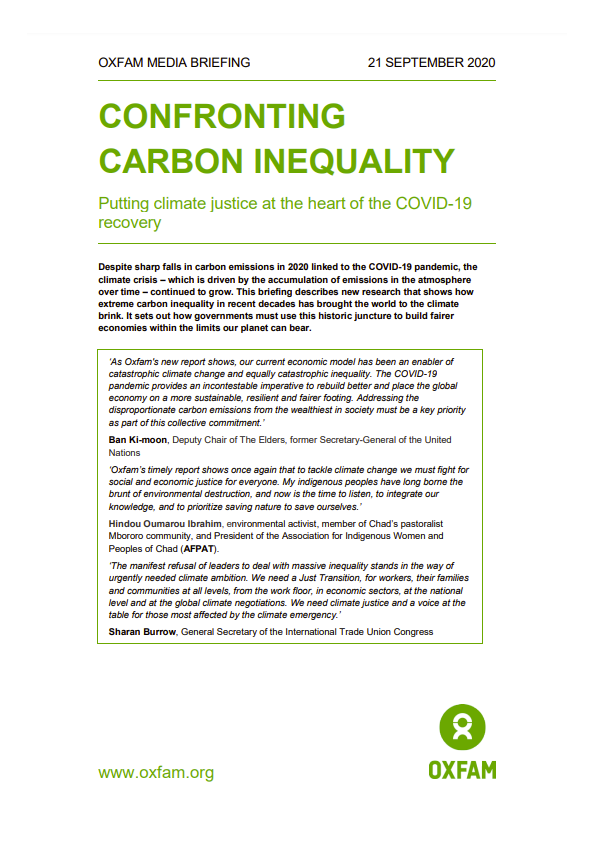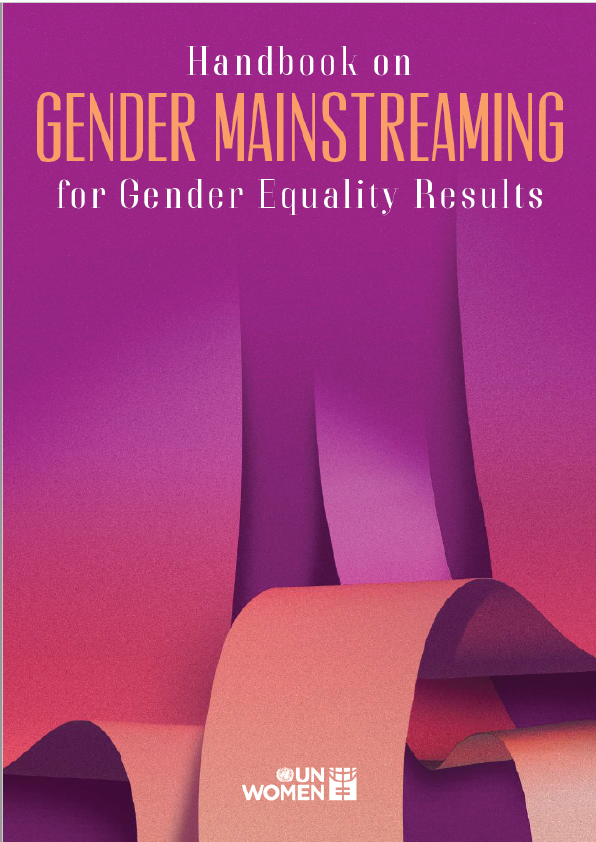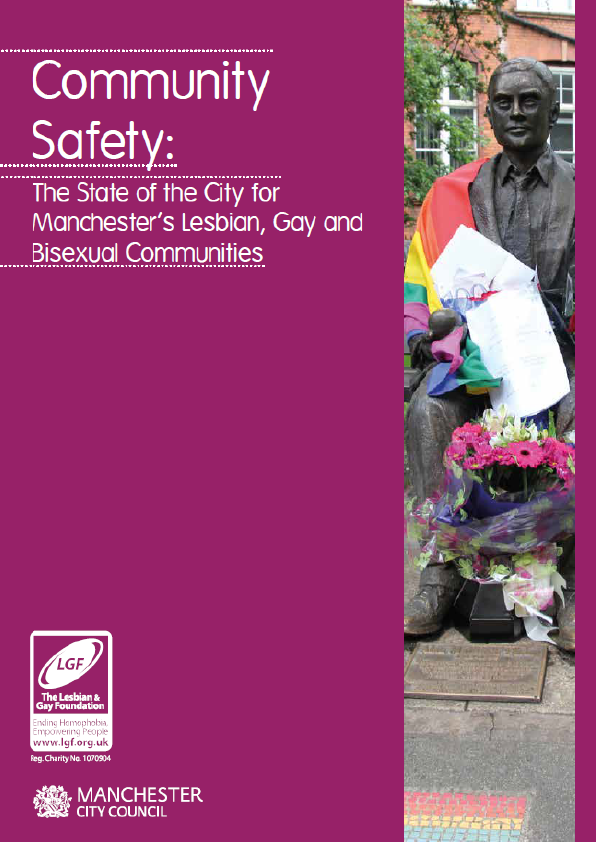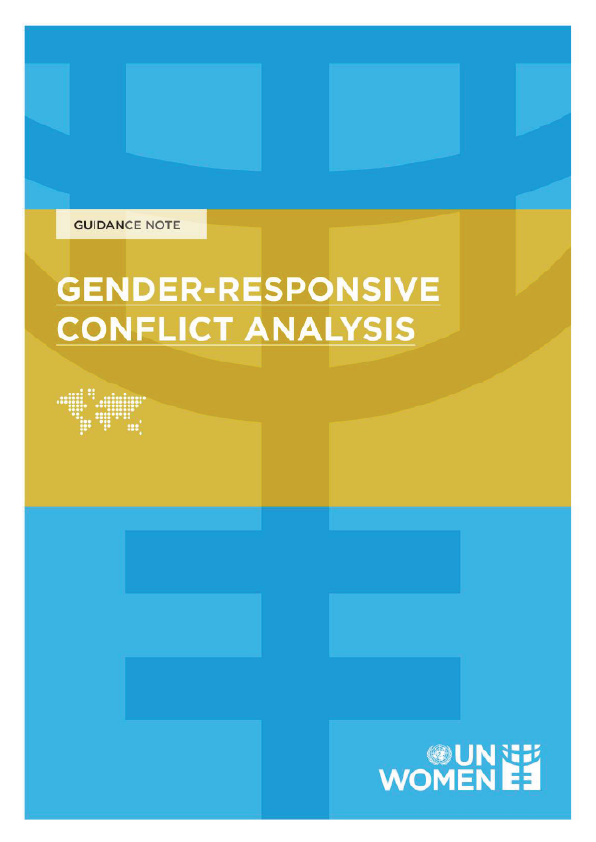Greenhouse gas emissions from human activities strengthen the greenhouse effect, causing climate change. Most is carbon dioxide from burning fossil fuels: coal, oil, and natural gas. The largest emitters include coal in China and large oil and gas companies, many state-owned by OPEC and Russia. Human-caused emissions have increased atmospheric carbon dioxide by about 50% over pre-industrial levels. The growing levels of emissions have varied, but it was consistent among all greenhouse gases. Emissions in the 2010s averaged 56 billion tons a year, higher than ever before.
Despite sharp falls in carbon emissions in 2020 linked to the COVID-19 pandemic, the climate crisis – which is driven by the accumulation of emissions in the atmosphere over time – continued to grow. This briefing describes new research that shows how extreme carbon inequality in recent decades has brought the world to the climate brink. It sets out how governments must use this historic juncture to build fairer economies within the limits our planet can bear.
Amidst the global health and economic crises, the climate crisis continues to grow. Extreme weather disasters have not stalled during the COVID-19 pandemic – from cyclone Amphan in India and Bangladesh to the wildfires raging in the USA – serving as a potent reminder that the world stands perilously close to exceeding the 1.5C goal of the Paris Agreement.
New research by Oxfam and the Stockholm Environment Institute (SEI) reveals the extreme carbon inequality in recent decades that has driven the world to the climate brink. From 1990 to 2015, a critical period in which annual emissions grew 60% and cumulative emissions doubled, we estimate that:
• The richest 10% of the world’s population (c.630 million people) were responsible for 52% of the cumulative carbon emissions – depleting the global carbon budget by nearly a third (31%) in those 25 years alone (see Figure 1);
• The poorest 50% (c.3.1 billion people) were responsible for just 7% of cumulative emissions, and used just 4% of the available carbon budget (see Figure 1);
• The richest 1% (c.63 million people) alone were responsible for 15% of cumulative emissions, and 9% of the carbon budget – twice as much as the poorest half of the world’s population (see Figure 1);
• The richest 5% (c.315 million people) were responsible for over a third (37%) of the total growth in emissions (see Figure 2), while the total growth in emissions of the richest 1% was three times that of the poorest 50% (see Figure 6).
Restrictions related to the pandemic saw global emissions fall this year. But unless emissions continue to decline rapidly, the 1.5C global carbon budget will be fully depleted by 2030. The inequality is such that the richest 10% alone would fully deplete it by just a few years later, even if everyone else’s emissions dropped to zero tomorrow.
Over the past 20-30 years, the climate crisis has been fuelled and our limited global carbon budget squandered in the service of increasing the consumption of the already affluent, rather than lifting people out of poverty. The two groups that suffer most from this injustice are those least responsible for the climate crisis: poorer and marginalized people already struggling with climate impacts today, and future generations who will inherit a depleted carbon budget and a world accelerating towards climate breakdown.
Governments must put tackling the twin climate and inequality crises at the heart of the COVID-19 recovery. A failure to confront extreme carbon inequality at this historic juncture – prioritizing yet more grossly unequal, carbon intensive economic growth to the benefit of the rich minority – will mean jumping from the frying pan of the current pandemic to the fire of an uncontrolled and irreversible climate crisis.
Yet while the pandemic triggered a chaotic and often inequitable contraction in consumption around the world, it has also shown that once unthinkable changes to the lifestyles of the richest in society can be adopted in the interests of us all. Public policies – from taxing luxury carbon like SUVs, frequent business class flights and private jets, to expanding digital and public transport infrastructure – can cut emissions, reduce inequality and boost public health. But to do so before the carbon budget for 1.5C is totally depleted, they must happen now.











